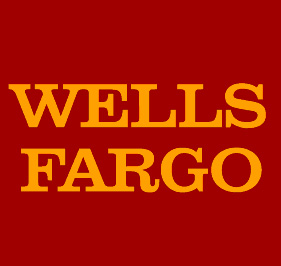The deal ends inquiries that began after federal regulators revealed in September 2016 that Wells Fargo employees had for years opened millions of unauthorized bank accounts in customers’ names. The employees said they had done so because they feared losing their jobs if they could not meet Wells Fargo’s aggressive sales goals.
The disclosure led to the departure of Wells Fargo’s chief executive at the time, John G. Stumpf, and several other senior executives. It also sullied the company’s prized image as the best-behaved major American bank after the 2008 financial crisis.
Wells Fargo admitted its missteps and paid fines of $185 million, but accusations of bad behavior kept multiplying: that some customers who took out car loans were forced to buy unwanted auto insurance; that more than 500,000 people were enrolled in a bill-paying service they may not have asked to join; that some mortgage customers had been overcharged; and that some people had been charged for life-insurance policies they did not buy.
The agreement on Friday followed a $65 million settlement between the State of New York and Wells Fargo in October over the sham accounts, and the bank’s settlement of federal charges related to its handling of mortgages and auto loans.
“Wells Fargo’s conduct was unlawful and disgraceful,” California’s attorney general, Xavier Becerra, said in a news release on Friday. California will get almost $149 million under the settlement.
Wells Fargo has recently engaged in a vigorous push to rehabilitate its image, emphasizing its contrition in an advertising campaign. Company executives have been upbeat about the bank’s future prospects despite a regulatory restriction that has kept it from growing while it repairs its internal controls.
“This agreement underscores our serious commitment to making things right in regard to past issues as we build a better bank,” Wells Fargo’s chief executive, Timothy J. Sloan, said in a news release on Friday.
The bank said in its release that it had $400 million of the settlement amount in hand and would have the rest by the end of the quarter on Monday. A judge must approve the settlement for it to be finalized, California said in its news release.
Wells Fargo has gotten some relief from its legal woes over the past year, but its troubles are far from over.
In April, the bank paid $1 billion to the Consumer Financial Protection Bureau and the Office of the Comptroller of the Currency to settle investigations into its mortgage- and auto-lending practices. This month, an agreement was finalized under which Wells Fargo will pay $480 million to settle a class-action claim by shareholders who said they were harmed by the bank’s false statements about its misdeeds.
In February, however, the Federal Reserve said it would restrict the bank from growing until it improved its internal checks and balances significantly. Wells Fargo said at the time that it would replace four directors and submit to an independent review of its oversight and risk-management practices.
The bank is still trying to fulfill regulators’ requirements. In October, as scrutiny by the Fed and the Comptroller of the Currency continued, Wells Fargo suspended two top executives, one of whom the company had hailed as a turnaround agent. Mr. Sloan also warned investors that the bank would not meet an expectation that it would be free from regulatory restraints by the end of 2018 or the start of 2019.













